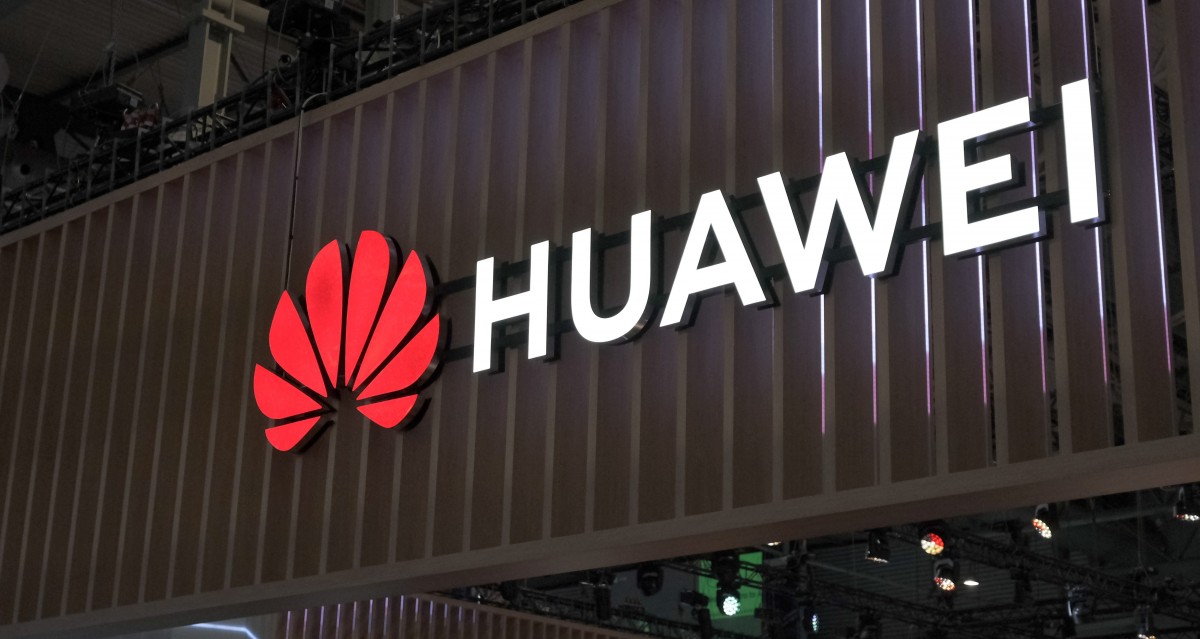Ever since the USA banned the China-based ZTE from doing business with US-based company, the situation was quite tensed for other China-based giants, including Huawei. Now, Huawei’s worst case scenario has turned into a reality after US President Donald Trump signed an executive order banning Huawei from doing business with US-based companies.

Here’s a timeline to everything happened to Huawei, which is caught between the trade war of the United States and China.
- January 2018: At CES 2018 in Las Vegas, Huawei CEO addresses the loss of deal with AT&T. The company had earlier partnered with AT&T for selling the Mate 20 Pro smartphone in the US, but the deal was withdrawn by AT&T after the pressure from the US government.
- February 2018: FBI Director Chris Wray warns against buying a smartphone from Chinese companies like Huawei and ZTE.
- March 2018: After the loss of deal with AT&T, Best Buy also drops out from selling Huawei devices in the United States through online as well as offline stores.
- May 2018: After FBI warned against using Huawei and ZTE devices, the Pentagon bans the sale of smartphones from both these companies on US military bases.
- June 2018: It was revealed that Facebook gave Huawei special access to user data and Google was called out by Congress over its ties with the company.
- July 2018: Australia said that it will ban the Huawei’s 5G rollout because of security concerns.
- August 2018: The Chinese telecom giant appeals to US Federal Trade Commission (FTC) for a hearing into its restricted business opportunities, saying the company has been unfairly targeted by the US government over national security concerns.
- December 2018: Huawei’s Chief Finance Officer Meng Wanzhou was arrested in Canada on the request of the United States. She was later granted a $10 million bail.
- January 2019: The US Department of Justice charged Huawei with 23 indictments for theft of trade secrets, wire fraud and obstruction of justice.
- February 2019: US State Department discourages European countries from using Huawei’s equipment for the rollout of their 5G services.
- March 2019: Huawei sues the US government over its equipment ban. In the same month, the US reportedly told Germany to drop Huawei or it’ll limit intelligence sharing.
- March 2019: The company revealed that it has been working on its own mobile operating system as a contingency plan if the company was banned from using Android and Windows.
- April 2019: The CIA reportedly says that Huawei is funded by Chinese state security. Britain reportedly allowed the telecom giant limited access to 5G infrastructure.
- May 2019: Trump effectively bans Huawei with national security order without providing any proof related to his claims. The company says that the US ban will ‘significantly harm’ American jobs and companies.
After the ban on Huawei, Google has already withdrawn from doing business with the company. Responding to this, the company has made a statement, which goes as follow:
“Huawei has made substantial contributions to the development and growth of Android around the world. As one of Android’s key global partners, we have worked closely with their open-source platform to develop an ecosystem that has benefitted both users and the industry.
Huawei will continue to provide security updates and after-sales services to all existing Huawei and Honor smartphone and tablet products, covering those that have been sold and that are still in stock globally. We will continue to build a safe and sustainable software ecosystem, in order to provide the best experience for all users globally.”
In the statement, Huawei said that it will “continue to build a safe and sustainable software ecosystem” but has not revealed exactly how it plans to do so. One of the ways could be the company’s own mobile operating system, which has been developed since the past few years.
